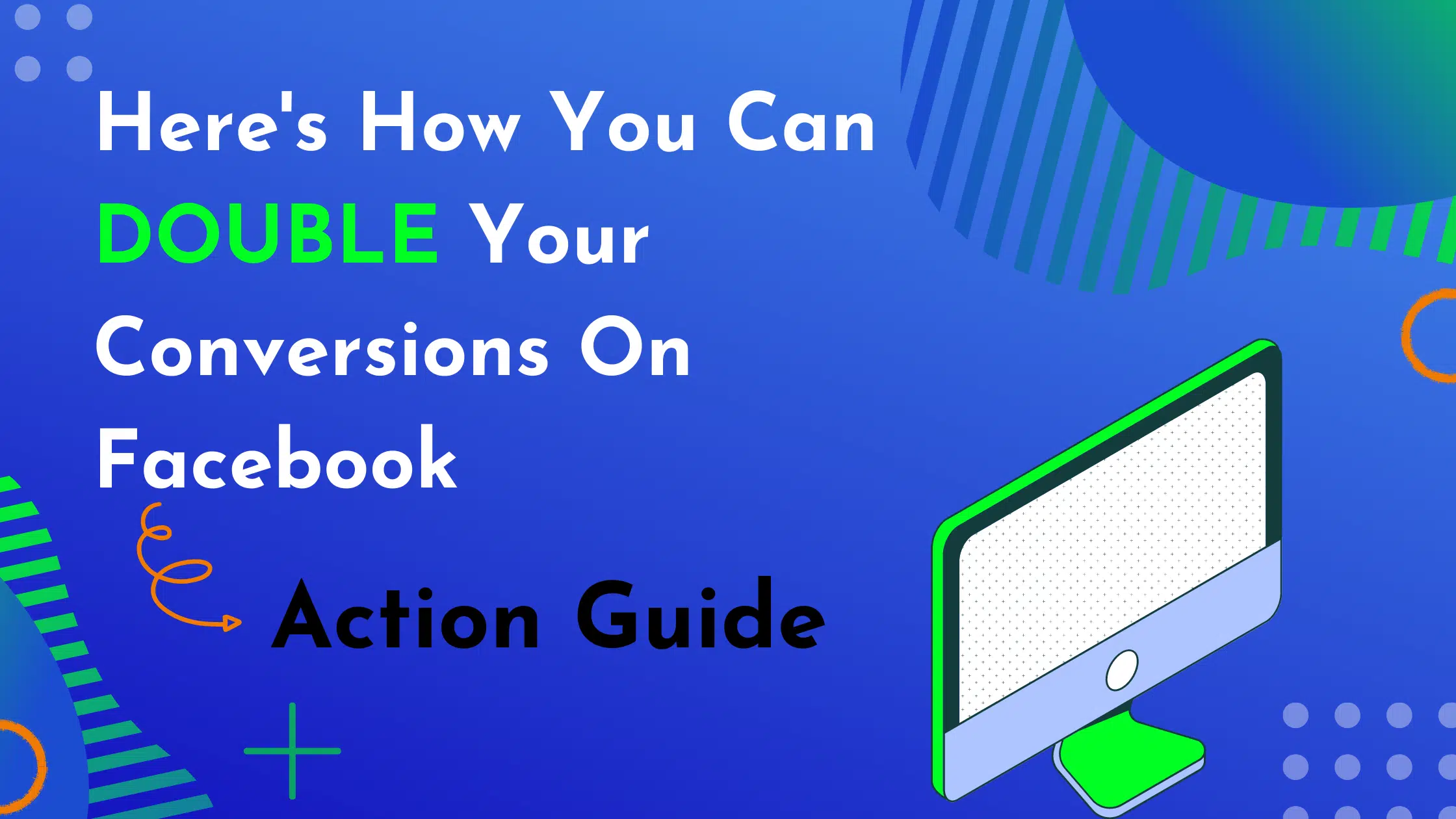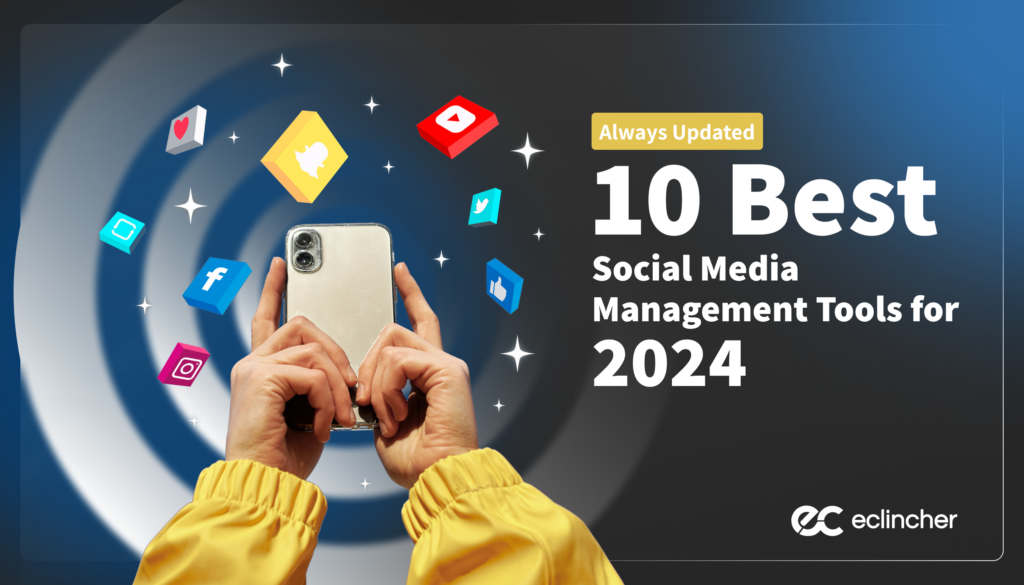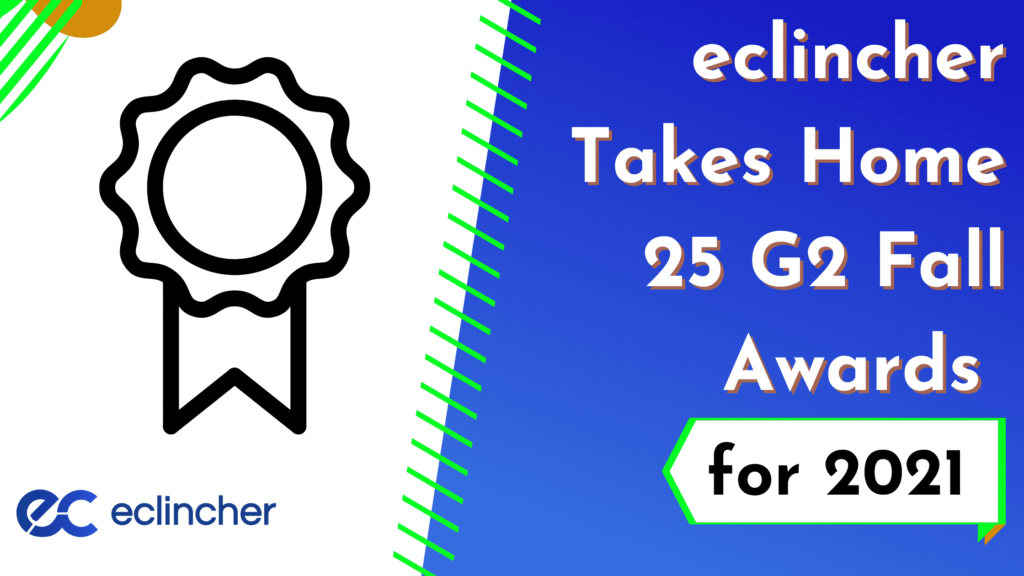Facebook is one of the leading social media platforms. After all, it has 2.74 billion monthly active users.
Facebook’s popularity among the masses has made it every marketer’s go-to channel. No wonder 10 million active advertisers are using this platform to promote their businesses!
Facebook generated a vast 84.2 billion U.S. dollars through ad revenues in 2020.
Also, did you know that the average conversion rate of Facebook ads is 9.21%? So, it wouldn’t be wrong to say that Facebook is a robust marketing tool for businesses across the globe.
However, to reach the desired conversion rate, it becomes imperative for you to create an impeccable Facebook strategy.
This post will cover a few proven tips to help you accelerate your business’s Facebook conversion rates. Let’s get started.
Best practices to increase your conversions on Facebook
Let’s take a look at a few strategies that can help you ace your Facebook campaign.
-
Install the Facebook Pixel
You can leverage Facebook ads to the fullest with the help of the data collecting tool pixel. This tool is a piece of code that you need to install on your website. Facebook pixel allows you to cover the following aspects of your ads:
- Analyze conversions
- Optimize ads
- Create a targeted audience base for upcoming campaigns
- Retarget already interested prospects
Facebook pixel uses cookies to track when and how prospects interact with your brand both online and offline.
For instance, if a customer visits your website and adds a product to their shopping cart, the pixel will log and receive these actions. You can take a look at these actions from the Facebook pixel page located in the Events manager.
Also, combining Pixel with Conversions API can enhance the performance of your ad campaigns. Conversions API helps you establish a strong connection between your business’s data extracted from your web server or customer relationship management (CRM) software to Facebook.
With such data, you can hyper-personalize your ads and optimize them for better performance. In short, conversions API helps you target customers who are already interested in your products/services.
All in all, Facebook pixel, along with conversions API, gives you an in-depth insight into the customers who connect and communicate with your business.
Coolmate, a Vietnamese men’s apparel brand, used Facebook Pixel and Conversions API to promote its marketing campaign.
Here’s how they did it:
- It made use of photo ads to promote its garments, such as t-shirts and lounge pants. The campaign targeted Vietnamese men between 18-45 years of age.
- It retargeted the customers who had added products to their cart or purchased during their last campaign.
- Further, it added Facebook pixel and Conversions API in its 12-day extensive marketing campaign.
What were the results? Both the social media tools gave Coolmate detailed insight into how customers engaged with their ad copies and the website. They leveraged these data and saw the following gradual results:
- 1.47X return on ad expenditure
- 394 add to cart products
- 104 purchases
No wonder the co-founder and CMO of Coolmate is all praises for Facebook Pixel and Conversions API! Take a look:
-
Include Facebook Pixel in pop-up campaigns
Apart from installing Facebook Pixel on your website, it is also essential to incorporate it in your pop-up campaigns. You can add Facebook Pixel directly into your opt-in campaign.
As a result, it gives Facebook a clear idea of the kind of prospects who are engaging with your pop-up campaigns. Further, it will help Facebook collect critical data about your customer base and target them with personalized ads that resonate with their interests and needs.
-
Specify your conversion type
It is essential to understand what are your goals and objectives for creating a Facebook ad. Consider the following points before you jump into the Facebook ad bandwagon:
- Do you want to drive traffic to your website?
- Are you looking to promote your brand?
- Do you want people to download an ebook or guide?
- Do you want prospects to initiate a purchase?
Once you know what your target is, you can easily create a Facebook ad that’s in sync with your business’s objective.
Take a look at the kind of conversions that Facebook supports:
Also, do not try to target your prospects with a single ad. Every ad has a different goal. So, create an ad that’s relevant to a specific conversion type. See how Harvard Business School Online has placed its Facebook ad with a clear call to action (CTA) of “learn more.”
Here’s another ad from PhotoMath trying to find maths experts and encouraging prospective experts to “apply now.” Now, that’s how you incorporate a strong CTA in your Facebook ad!
-
Keep your landing page in sync with your ad
Your landing page should convey the same message that your Facebook ad is depicting. Imagine a prospect clicking on your ad and landing on a web page that’s not relevant to your ad. Your prospect will walk away for sure.
The best way of keeping your ad and landing page in sync is by creating the landing page first. Once you have a proper landing of your product or service, you can make its miniature version and use it as an ad.
Did you know Facebook uses ad relevance diagnostics to show such ads to people that are most relevant to them? The relevancy is calculated based on metrics such as click-through rates and conversions. There is also a Facebook dislike button so be sure to post great content!
Simply put, if your landing page conveys the message that your ad does, the chances of conversions will be higher. As a result, your ad’s relevancy score will increase, and your probability of catering to the right audience base will accelerate too.
Take the instance of the Photomath ad example mentioned above. When you click on its “apply now” call to action, you land here:
The landing page keeps the Facebook ad’s message intact. The landing page’s headline “solve math problems. Help people learn. And earn money” reinforces the ad’s message.
-
Research your competitors
Facebook gives you the option to get an overview of your competitor’s ads.
All you need to do is go to the ad library and search for ads that your competitors are running. You can do so by typing the firm’s name or the keywords related to their ads in the search bar. It will give you an insight into the kind of ads your competitors are running along with the ad duration.
Simply put, if you see a competitor’s ad running for a long time, it means they are generating good ROI from their ad campaign. Further, you can take some inspiration from these Facebook ads and create a stellar Facebook ad for your firm.
A quick tip: If you are busy focusing on your business’s core competencies, you can use automated Facebook ads to streamline your marketing strategy.
-
Provide an incentive
Did you know 41% of internet users will buy a product from a business if they get discounts and coupons? So, start leveraging incentives to accelerate conversions and sales through your Facebook ad.
Your prospects can save, like, and comment on your offer ad. People can save your ad in their offer bookmarks section. Once they save your ad, Facebook will remind them about it at regular intervals up to three times based on their notification settings. Let’s take a look at how Facebook encourages prospects to take any action for an offer ad:
- When prospects save your ad and switch their devices (i.e. from a phone to a desktop or vice versa), Facebook reminds them to leverage the ad.
- When prospects visit your physical store, Facebook will remind them again to go ahead with the offer. They will also receive an email regarding the same. Also, if the prospects have the location settings on, Facebook will use it and send them the offer notification when they are near your business.
You can take some cues from this Facebook offer ad from Jasper’s market:
Key takeaways from the ad:
- Enticing customers to make a minimum purchase of $50 for availing of the offer.
- Encouraging prospects to get the offer by stating that 541 people have already claimed it.
-
Work on custom audience segmentation
Custom audiences are people who already have an idea about your brand. In other words, such people have either visited your website, physical store, Facebook page, and app.
So, segmenting a custom audience based on criteria such as sales funnel position, purchase history, and browsing pattern helps you target your subscribers with personalized Facebook ads.
All you need to do is upload your segmented email list. It helps Facebook track the account of the people in the email list and target them with relevant ads.
Besides, once you create your custom audience segmented list, you can use dynamic ads to personalize every ad for your target audience. This way, Facebook will display your customers’ products and services that they are interested in.
Milo, an Australian crunchy milk drink powder brand, used custom audience and dynamic ads to build their brand and product awareness.
The brand launched personalized Milo tins where the customers could place their or someone else’s name on them.
To promote this product, they took the help of Facebook Business Partner Shuttlerock. Let’s see the strategies that they took into account:
- The brand used Facebook pixel for leveraging custom and lookalike audiences.
- They presented their products to their target audience through dynamic ads in various formats, including photos and videos in carousel and collection format.
The hyper-personalized targeting brought the following results for the brand:
- Personalized tins witnessed a 35 point lift in ad recall.
- There was a 6.7 point lift in the purchase intent of the product.
- The brand saw an increase of 4.3% in online sales.
As a result, the senior brand manager of Milo was all praises for Facebook ads. This is what he said:
-
Include a social proof
You might have created an impeccable ad, but is that enough to entice your prospects to click through it and convert? No. You need to convince them that your product or service is worth their money. How can you do that? Social proof is the key to making people trust your brand.
For instance, see how Coursera makes good use of social proof in its Facebook ad. It tells prospects how 84k students are already undertaking their Courses.
The brand also mentions that they have received 2,876 reviews with an average rating of 4.9 stars. Simply put, the brand is making use of data and statistics as customer testimonials to prove its credibility, thereby improving its click and conversion rate.
A quick tip: Once you establish your social proof and compel your prospects to visit your website, make sure you let them extract all the relevant information about your products and services. You can do so by incorporating knowledge management software into your website.
Further, you can enhance your brand’s social proof by adding customer testimonial videos on your website.
-
Include enticing visuals and videos
A prospect makes the first impression of your website in less than two-tenths of a second. Further, a user takes only 2.6 seconds to choose the most influential area of the website. So, you see, how the old school saying “first impression is the last impression” makes sense here.
Images and videos play a vital role in capturing the attention of prospects. Hence, make sure you add compelling and relevant images and videos in your Facebook ad.
Kitkat Chocolatory, Australia increased its brand awareness and maximized its sales during the holiday season with the help of photo ads and video ads. The brand also leveraged Facebook live, dynamic ads, live shopping, and carousels to encourage customers to purchase.
The brand collaborated with the Facebook business partner shuttlecock to initiate its “Fill your break with wonder” campaign. The ad included color-popping images and beautiful videos that were in sync with the Christmas theme. Here’s how its various ads looked:
Key takeaways from these ads:
- Encouraging the prospects to register in with a “something is coming soon” caption.
- Leveraging the fear of missing out with the “limited offer” message.
- Compelling videos that convey the brand’s message on-point.
The results were as sweet as the Kitkat chocolate. Take a look:
- The campaign generated more than one-third of the brand’s annual sales.
- There was a 35 point lift in the ad recall.
- Brand awareness increased by 6.7 points.
- Brand awareness for people aged between 35-44 increased by 23 points.
- Intent to purchase increased by 2.2X.
- 3X more online sales through the brand’s official website.
-
Put your copywriting skills to use
You should keep your ad copy precise and straightforward. Too many texts and images can deviate the prospect’s attention from the core message of your ad. Here are a few ways to nail your Facebook ad copy:
- Include pronouns like “you” and “your” to establish a personal connection with your prospects.
- Do not use fancy vocabulary or jargon that a layman cannot understand. Use simple sentences that your prospects can resonate with.
Here’s an example from the brand Chegg. See how their ad copy is conveying the brand’s message in a minimal yet effective copy:
-
Work on conversion optimization
It is important to check off the conversions option on Facebook to generate more leads. This option is available under the optimization for the delivery section in the budget and schedule form.
See how the charitable organization “Save the children” leveraged conversion optimization and increased its donation four times. All they did was choose the most relevant objective for their campaign.
Further, optimizing their campaign for conversions also helped the organization decrease its cost per acquisition by 76%.
Take a look at their winning ad copy:
Here’s what the Senior director of Save Children had to say about Facebook helping them reach new heights:
-
Select the proper ad format
Choosing the right ad format is critical for the success of your Facebook ad. Hence, you should gain a perspective on your campaign’s objectives and select a format that best suits your campaign.
Here’s how you can choose the right ad format for your campaign:
- If you have to promote multiple products or highlight numerous product features, choose carousel and collection ads.
- Choose the offer ad format if you are giving offers, discounts, and coupons to your prospects through the ad.
- If your ad requires high-resolution images and videos, the Facebook canvas will do the needful.
You can take the example of Adidas here. The brand had to promote its Z.N.E Road Trip Hoodie along with a few other complementary products.
Since the sportswear brand had multiple products to promote, it used Facebook’s collection ad format. This format lets you feature a primary product or image accompanied by three smaller pictures. The format comes in a grid-like layout and gives prospects fast and seamless browsing and shopping experience.
Here’s how the ad looked like:
The campaign helped Adidas in the following ways:
- It decreased the cost per acquisition by 43%.
- It delivered a 5.3X return on ad spend.
- Convert your popular posts into ads
If your brand has a popular organic post, boost its reach and transform it into a Facebook ad.
Here’s how you can do it:
- Select a popular post on your brand’s Facebook business page.
- Click on the blue “boost post” icon present in the lower right corner.
- Now, choose a goal that’s relevant to your post.
- The next option is to select a call to action that will appear with the ad.
- Now, you need to choose the audience for your post.
- You can also choose the detailed targeting option to further target your audience base.
- Further, you will see estimated results.
- Now you need to set the duration of your ad and set your budget.
- The next step is to choose where to place your ad.
- In the final step, you can check how your ad will appear on Facebook. Finally, when you are satisfied with your ad, you can click on the “boost post now” option.
Once you boost your popular content, its comments, likes, and shares will increase gradually, thereby expanding your audience reach. This, in turn, will act as your brand’s social proof and improve your ad’s click-through and conversion rates.
-
Steer clear of Ad fatigue
Your ad’s conversion rates can reduce drastically if you keep running the same ad for weeks. So, prevent your prospects from ad fatigue and make sure to keep them engaged with new and refreshing ads. You can keep your Facebook ad on the top of your prospect’s mind through the following ways:
- Keep changing the color of your ad at regular intervals.
- Play with your headlines. Get creative and come up with new captions now and then.
- Replace images, swap them, and increase your ad’s effectiveness.
- Instead of using the news feed space for your ads, leverage Facebook messenger to target your prospects through personalized chats.
-
A/B test everything
You can A/B test your Facebook ad to optimize its performance. Also known as a split test, the A/B test lets you analyze two versions of your ad within a small subset of your target audience.
In A/B testing, you create an ad copy and change a few details inside it, such as header, image, video, CTA, and more.
Simply put, you just need to change an element of your ad. This, in turn, will help you understand which version of the ad your prospects like. You can run multiple A/B tests and find the best version of your ad.
You can carry out the A/B test by going to the Facebook Ads manager table. Further, you need to select the ad you wish to analyze and click on the A/B test icon.
-
Monitor key metrics
Your work doesn’t end with the ad creation. It begins there. You need to continuously measure the results of your campaign to understand how it is performing. You can analyze the effectiveness of your campaign by monitoring the following few out of the many metrics:
- Ad impressions
- Relevance score
- Engagement rate
- Click-through rate
- Conversion rate
- Return on ad spend
You can track these results by visiting the Facebook Analytics dashboard. It will give you an overview of your key metrics and help you take corrective measures if needed.
Wrap Up
Facebook has immense scope for marketers like you who are trying to establish their business online. You can use Facebook ads to drive conversions. Features like Facebook pixels, conversion optimization, and correct ad formatting can help you reach the right audience at the right time.
You can further spruce up your Facebook ad game by including social proof and segmenting your custom audience base. Besides, you should work on removing ad fatigue, remarketing, and analyzing key metrics. Also, you should remember to take A/B tests at regular intervals.
All in all, the tips mentioned above will help you nail your Facebook campaign while you get a great return on investments.
Now, get going. Take the Facebook ad plunge and pave new avenues of success for your business.






